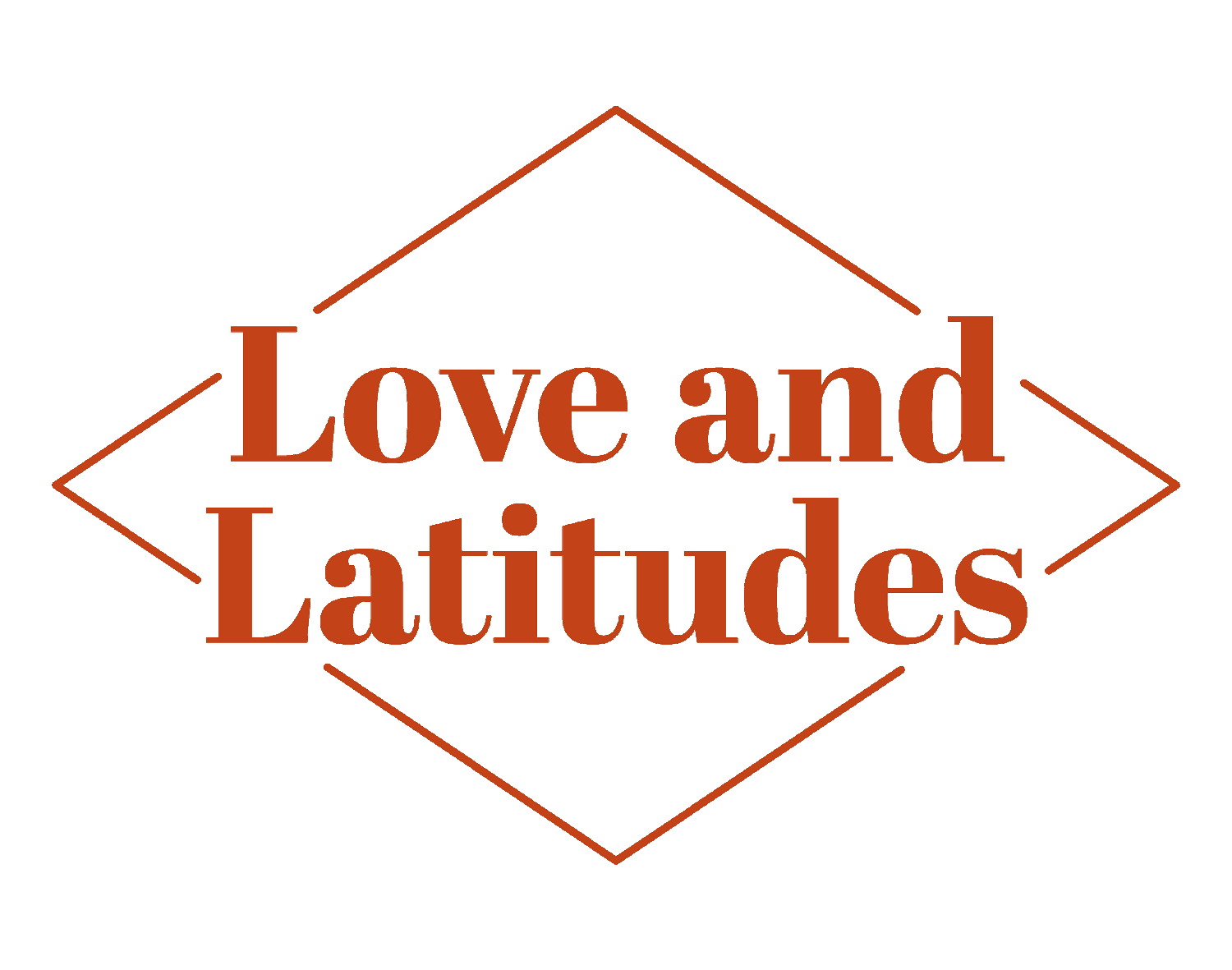Oathing Stone: Wedding Ceremony Tradition
by Isiah Kurz
Wedding ceremonies are anything but uniform. Sure, traditions exist and a lot of people choose to follow those traditions. But traditions ebb and flow. What’s common at one time is new, retro, or progressive in another. Heck, even white wedding dresses are relatively recent in the grand scheme of things.
As our own culture reexamines gender roles, family traditions, and religious norms, American wedding traditions change as well. This, in part, explains why couples are interested in novel traditions such as handfasting, jumping the broom, ring-warming, candle lightings, sand ceremonies, and oathing stones.
And that last one gets our attention today. What is an oathing stone? And how do couples celebrate it as a wedding tradition?
The Oathing Stone: What It Means & How to Celebrate
For a bit of background, oathing stones are a Scottish tradition. The bride and groom placed their hands on the stone while reciting their wedding vows. You can think of it as the couple setting your words into stone—or committing their shared promises into something symbolically solid, material, and foundational.
As an aside, stones symbolize something firm and lasting across cultures. In Judaism, it’s customary to place small stones on headstones during visits to honor the deceased because rocks last longer than flowers. I just thought that was a beautiful connection.
Nowadays, people are taking this tradition and putting their own spin on it. For example, some couples choose to etch their names, wedding date, ceremony location, or vows into their oathing stone. Others prefer to engrave a symbol or art meaningful to them.
Another twist is passing the oathing stone to the guests before it’s handled by the couple. This allows friends and family to hold the stone and make well wishes for the couple before passing it along. It’s a nice way to make guests feel included in the wedding ceremony.
Here’s some wording you can use in your own oathing stone ceremony, but feel free to change the wording if you want to. It’s your wedding ceremony, after all. And you want it to resonate with you, your partner, and your shared values.
When addressing your guests, the officiate might say: “As you handle the stone in your hands, make a silent wish for the couple. Offer them your love, support, and happiness for them, before passing it to the next person.”
An important thing to note, if you have lots of guests, this whole process might take a long time. In which case, you might want your officiant to fill time by reading a poem. If you have someone playing music for the ceremony, you can ask them to fill this moment with soft music.
If you have a smaller guest count, the part of the ceremony will go fairly quickly.
Once the guests have completed their silent well wishes, the couple will hold the oathing stone together, while the officiant might say: “As you hold the stone, reflect on the paths you took to find each other, the memories you’ve created, and the values you share. These are the foundations upon which you build your new life together as a married couple. Know that the friends and family you’ve gathered here today offer their love and support as you take your vows today.”
The officiant will then put the oathing stone aside or on the altar, or hand it off to a designated guest for safekeeping until after the ceremony.
When should the oathing stone be included in the ceremony? It really depends on your specific wedding. If you have a larger guest count, you might be able to pass out the stone early, during the welcome statement. This will give all the guests time to pass it to eachother while the officiant conducts the opening reading. If you have a smaller guest count, it can be nice to do this right before the vows and ring exchange.
And there you have it! That’s what you need to know about the oathing stone wedding tradition.
If you want more tips for your wedding ceremony, check out our blog.
Or book your wedding and elopement photographer by reaching out to Love & Latitudes today!






